EUFCN Spotlight on: Cantabria Film Commission
The Cantabria Film Commission was set up in 2013 within the Department of Culture of the Government of Cantabria. Thanks to the recognized strategic importance of the audiovisual sector, film production in this small region on the northern coast of Spain has been growing considerably and constantly.
Cantabria is becoming known to filmmakers from all over the world, who are attracted by the variety of the scenery and the fact that everything is close at hand.
Victor Lamadrid, Head of the Cantabria Film Commission, guides us to the discovery of all the locations and services this territory has to offer to the film industry.
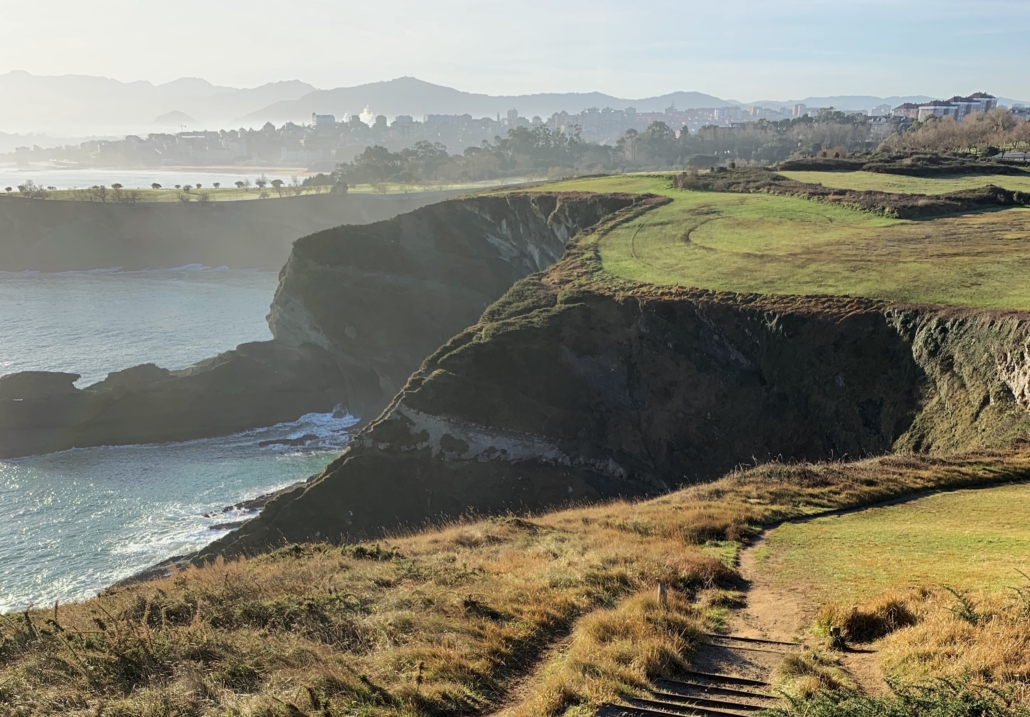
Which main productions were shot recently in Cantabria?
“Since we set up the Cantabria Film Commission the number of film shoots that have taken place in the region has increased year by year. Even during this complicated year we received more requests for assistance than any previous year.
A film recently shot in Cantabria is Diecisiete (Seventeen) directed by Daniel Sánchez Arévalo and available on Netflix (I recommend it highly). The road movie was filmed in gorgeous places such as Carmona, Langre and the Bolao Viewing Point.
The British clothing label Regatta also chose Cantabria as backdrop for the contents of its catalogue, as well as the latest international advertisement for the new Cupra Ateca, in which the wide and evocative beach of Cantabria plays a fundamental role.”
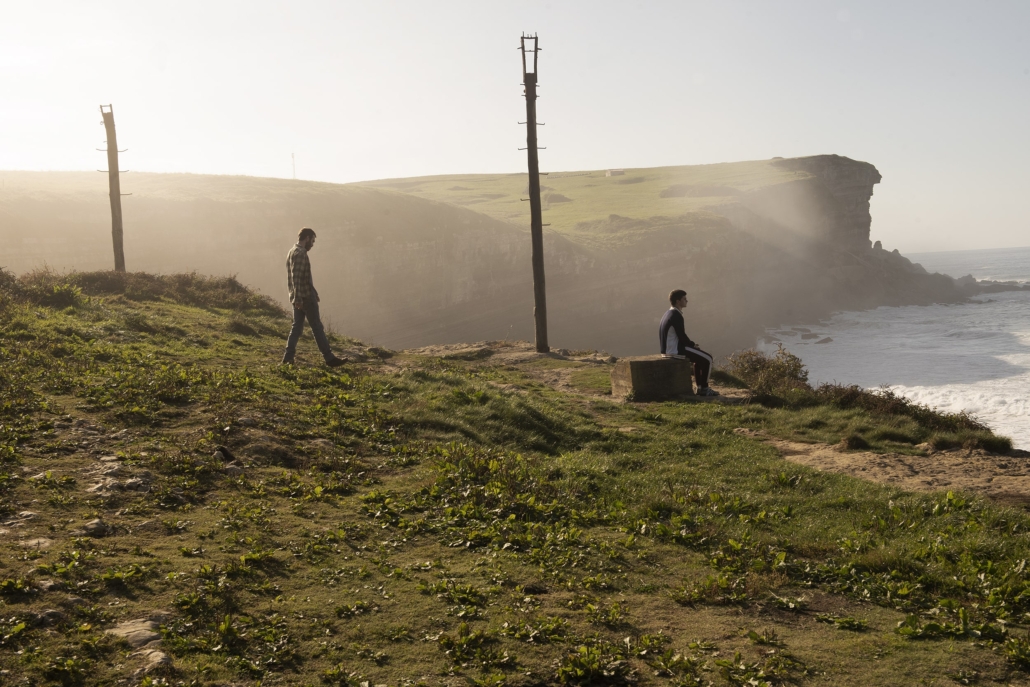
Bolao Viewing Point from the film Seventeen ©Txuca Pereira/Netflix
What is set to be shooting in the future?
“As far as the future is concerned, this very year we will be hosting a film shoot that is about to start and we will continue to work with the companies that know all that Cantabria has to offer.
With regards to the pandemic, we can say that films will continue to be shot, fully bearing in mind the restrictions set in place by the health authorities. However, as we are a small region, and one blessed with a wealth of natural scenery, we can offer film locations that have better conditions than those found in large cities.”
What’s the biggest production you have ever supported in Cantabria?
“Among the many I can think of, one that springs to my mind is Finding Altamira, directed by Hugh Hudson, starring Antonio Banderas, and featuring the soundtrack by Mark Knopfler. The film was shot in various locations, including Santillana del Mar and Comillas. The TV series La verdad (The Truth), with Jon Kortajarena, was shot over a year in Santander. A western that is worth mentioning is Sordo, filmed in the south of Cantabria.
If we look further back over the more than 100 years that Cantabria has been chosen as a natural film setting , titles such as The Colossus of Rhodes by Sergio Leone and The Others by Alejandro Amenábar and starring Nicole Kidman, are but two of many.
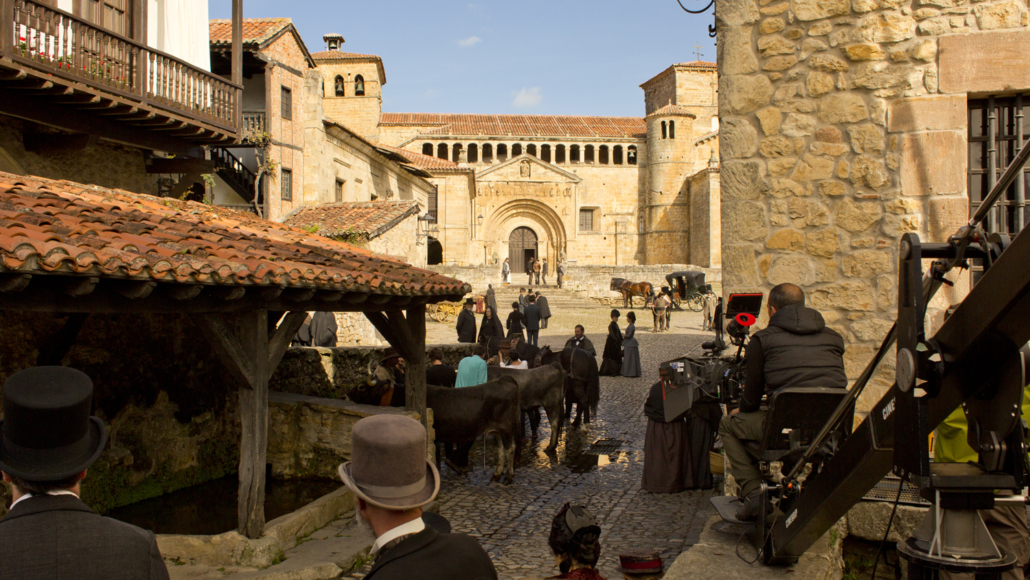
Santillana del Mar
What makes Cantabria a unique place for filming?
“Cantabria is a region with a whole range of virtues that all contribute to its uniqueness. First and foremost, we have its scenery and the fact that it is small and compact (only 5000 km2 of surface area). Our region has everything you can wish for: snow-covered peaks, sandy beaches, rugged mountains, dreamy valleys, cities, forests, delightful villages, prehistoric caves, and a rich cultural heritage. The infrastructures in Cantabria meet the requirements of productions of all sizes: an international airport, a ferry service to the UK, rail and motorway networks. In a nutshell, everything is close at hand.
The production teams that have filmed here highlighted our experienced and qualified professionals, who know the sector inside out. In addition, we have all kinds of accommodation available to suit all needs, along with excellent hostelry and catering services.
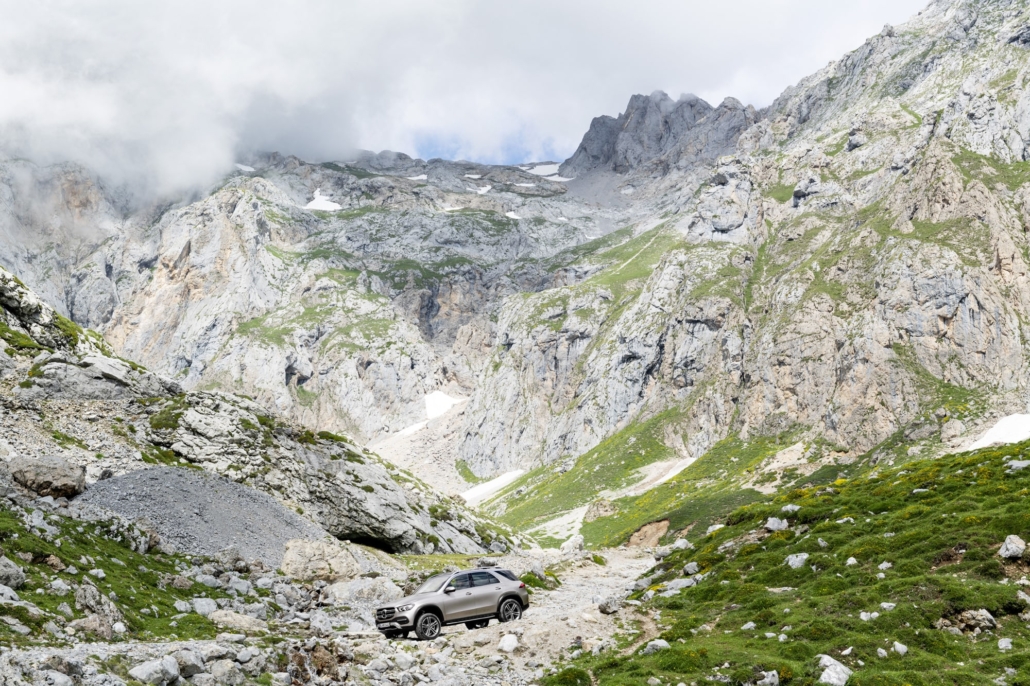
Picos de Europa
Cantabria offers highly competitive tax incentives for international productions of 30% tax reduction for the first million euros and 25% for the subsequent millions. We provide locations never before seen on the big screen.
The Cantabria Film Commission answers directly to the Department of Culture of the Government of Cantabria whose head, Pablo Zuloaga, firmly believes in the strategic necessity of our sector, and strives to improve existing conditions, training our professionals and fully supporting our region as a film location. To illustrate some of the latest steps taken to back the sector, the regional annual budget for 2021, stipulates that 100,000 euros will be set aside for feature films shot in Cantabria.”
Do you have any particular anecdote related to your film commission?
“Our business card has a rather curious image of Cantabria on it, a peculiar symbol of our region: a Tudanca cow looking towards the camera in a wonderful landscape, with some elements of the shooting, as if our friend was the main character of a production! When we visit a trade fair after a year has gone by people remember us thanks to our card. That’s a good sign, it achieved its object.”

Tudanca Cows in the Port of Palombera
What is the current situation of film production in your region and how is the Cantabria Film Commission adapting to this challenging time?
“Cantabria is currently open to film shoots. Some films are being shot right now, and we have others scheduled right up to the end of the year, following all the safety measures with responsibility and trust. We are in contact with the Department of Health of the Government of Cantabria to know the very latest updates of the situation and to offer advice to every production wanting to film in Cantabria.
As head of our organization, I am also Vice President of the Spain Film Commission, which has published a best practices guidebook for audio-visual shoots, to be used as a reference during these times of change.
Get in touch with us, we are here to make your project happen.”
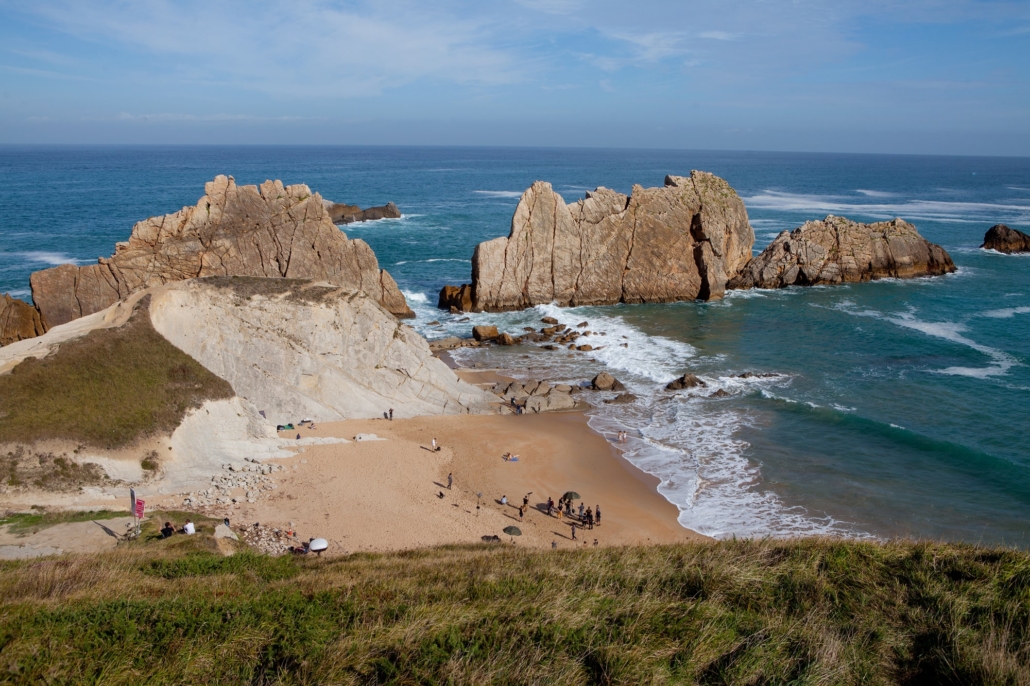
Playa de la Arnía
The European Film Commissions Network is a non-profit association that supports and promotes the European film industry and culture. It currently represents 98 European film commissions and film institutions from 31 different countries.


 Hamburg Mediaserver / Christian Spahrbier
Hamburg Mediaserver / Christian Spahrbier